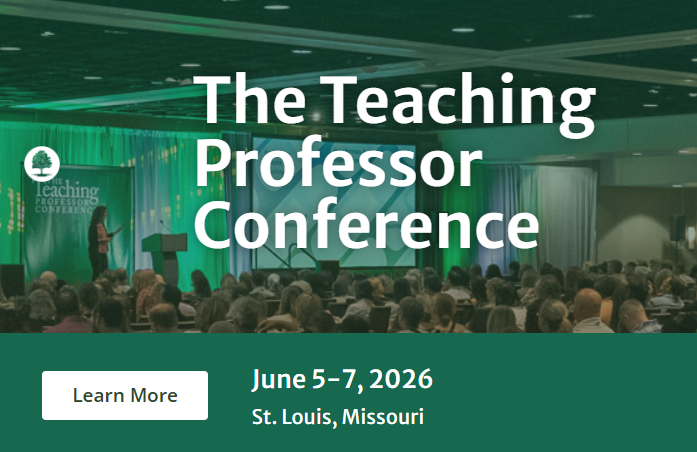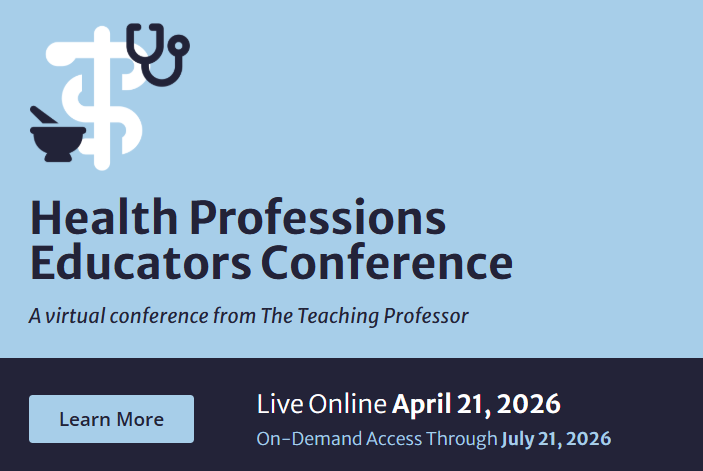Two years ago, a midcareer colleague in the mathematics department sent around an e-mail to all faculty at our college, inviting us to read a book with her. And as simply as that, a teaching circle was formed.
A teaching circle, the term we use at my institution, is simply a group of faculty interested in discussing teaching at regular intervals, ideally over food. As my colleague said, laughing, at our first meeting, “I need a support group, and everyone needs lunch!”
That first year, we chose to read Maryellen Weimer’s Learner-Centered Teaching, a chapter at a time. We met every three or four weeks in a private room attached to the student cafeteria, where we picked up our lunches by going through the line. Our provost, perhaps impressed by our initiative, agreed to foot the bill for our lunches, a modest expenditure from his point of view. As many as nine people participated, though the core group consisted of five faculty representing sociology, nursing, chemistry, English, and math.
As we discussed each month’s assigned reading, we shared stories and strategies. One person redesigned her entire approach to assessing student learning; our math leader incorporated lots of writing activities into her upper-level course. As we came to know each other better, someone suggested that we observe one another’s classes, which several of us did. In the spring, six of us arranged to attend the first Teaching Professor Conference in Philadelphia.
The group reformed at the beginning of the next school year and this time read two books, one each semester: Bain’s What the Best College Teachers Do and Cross and Steadman’s Implementing the Scholarship of Teaching. Our numbers increased to about a dozen faculty members. Currently, the group is in its third year, and as many as 15 people turn up for lunch and discussion. Our book selection this year is L. Dee Fink’s Creating Significant Learning Experiences.
[report_ofie=1398]
What makes a teaching circle work, and could it work at other institutions? Modest administrative support is helpful. In addition to paying for cafeteria lunches, our provost purchased books for participants, beginning in the second year. It is also important to have someone interested in leading the group, setting dates, and sending e-mail reminders. Our leadership has changed each year. We have decided together, at the end of one year, which book to read for the next. No other structure is necessary. No one ever takes attendance. There is a very populist, grassroots feel to what we do.
The benefits of ongoing conversation about the art of teaching will be obvious to anyone reading this newsletter. However, here are a few you may not think of: we have come to know one another better; we have become teaching resources for each other; and we have embraced new ideas in our reading that we might have dismissed without the support of the group. Most important of all, those of us who are at midcareer are finding new energy for our profession. What began as a support group for one individual has supported us all.





